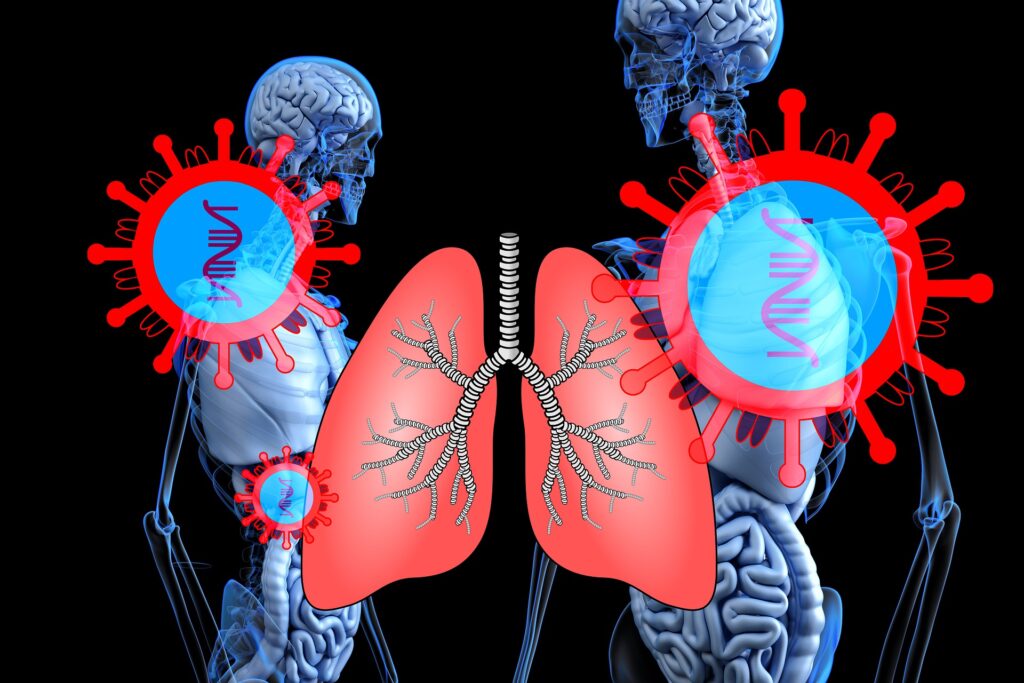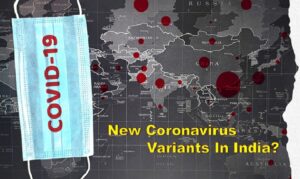False-negative results add hardships in the COVID-19 fight

Neucrad Health news desk April 17, 2020
India is currently dealing with the stage-3 of the COPVID-19 pandemic. Every day, the number of new cases is increasing by leaps and bounds. In such a condition, aggressive testing and maintaining social distancing are the only measures of limiting the spread of the pandemic. However, many doctors are finding false-negative results during the test for the coronavirus. Here, patients show negative results at the initial examination, and then they start developing symptoms for the COVID-19 infection. In the second round of the test, the person turns out to be positive. The variation in the result leads to the spread of the pandemic among masses. Have a look at the reasons why false-negative tests may arise.
What happens during a coronavirus test?
The detection of SARS-CoV-2 virus in the patient’s body is done through polymerase chain reaction test. The laboratory technician, at first collect the sample from the candidate. There are five different techniques for collecting the sample.
- Swab test- The sample gets collected from inside the throat or the nose through a cotton swab.
- Nasal aspirate- The technician introduce a saline solution into the candidate’s nose and then collect the sample through a suction.
- Tracheal aspirate- Here, the technician introduces a tube called a bronchoscope into the patient’s lungs. It remains fitted with a light and a device to collect a sample from the bronchioles.
- Sputum test- This type of sampling is suitable for patients with a wet cough. Here, the technician collects the sputum (collection of mucus and saliva) from the throat.
- Blood test- Here, the coronavirus test is performed with the blood sample collected from the patient.
The coronavirus test involves a polymerase chain reaction (PCR), which is a DNA amplification process. It helps in converting a minute amount of DNA from the samples into millions of copies so that doctors can successfully analyse them in the laboratories. However, SARS-CoV-2 is an RNA virus, so at first, doctors need to convert the RNA to DNA. Scientists have discovered an enzyme, reverse-transcriptase (RT) to carry out this transformation. So, doctors need RT-PCR to find out whether SARS-CoV-2 virus is present within the sample or not.

What are the reasons behind the false-negative tests?

The medical bodies of most countries have accredited the RT-PCR test for the detection of the SARS-CoV-2 virus. However, some flaws in the collection of the samples and the testing procedures can lead to false-negative results. Have a look at some of the instances, where the diagnosis may go wrong.
Collection of Samples
Technicians need to collect nasal and throat swabs from the patient. Since these are invasive procedures, most candidates may find it challenging to stay still during the collection of the sample. Moreover, currently, most countries are conducting aggressive testing. So, many technicians do not receive adequate training before carrying out the procure. Faulty collection of samples, may not yield a sufficient quantity of RNA to run the RT-PCR tests.
Sample Collection from Sub-Clinical Patients
In some cases, samples are collected from patients in the sub-clinical stage. During this phase, candidates may have an insufficient viral load in their nasal or throat swab for a positive result. However, within a few days of the negative outcome, patients start showing symptoms of the COVID-19 infection and doctors prescribe a retest. During the second test, these patients might show a positive result.
Finally, we would like to say, the best procedure for preventing the infection is through social distancing. However, if you experience any symptom of COVID-19 pandemic, then do not hide it from the medical staff. Cooperate with them while conducting a test for correct detection and early onset of treatment.

References:
1. What actually happens during a coronavirus test?
2. ACCELERATED EMERGENCY USE AUTHORIZATION (EUA) SUMMARY COVID-19 RT-PCR TEST
3. Here’s How Coronavirus Tests Work—and Who Offers Them
4. Real-Time Reverse Transcription–Polymerase Chain Reaction Assay for SARS-associated Coronavirus








